How to Improve Left Hand Piano Playing
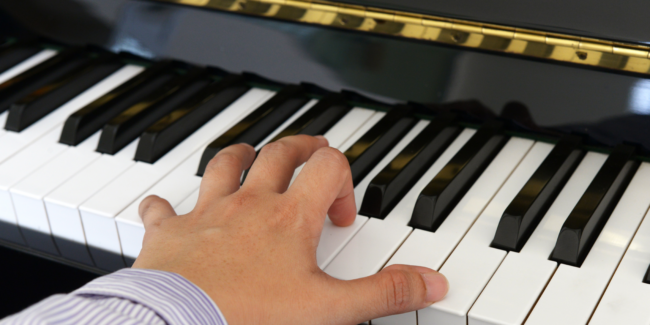
Even the most dedicated student can get in a rut when practicing piano. Improve your left hand piano playing with these must-know tips for beginners.
Do you want to scream yet? You can’t seem to get that left hand to do what it should on the piano. It’s as if your fingers have a will of their own.
You’re not alone. Struggling to improve left-hand piano playing is a common challenge. Luckily, it’s possible to improve your skill and take back control. We share practical exercises to help you play left-hand parts effortlessly, like the professional pianists, sooner than you think.
Why is your left hand struggling to play the piano?
When it comes to left hand piano playing, problems usually relate to one or some of the following:
- Coordination
- Dexterity
- Speed
- Accurately hitting the right keys
- Keeping rhythm
The problem stems from most composers writing piano sheet music with right-handed players in mind. The right-hand part contains trickier parts of the song, and usually, this is the melody. As a rule, melody parts are busier, so your right-hand moves a lot and gets loads of exercise.
In contrast, the left hand has a supportive role rather than leading the song, so it gets much less practice. For example, you may only play chords on the left.
This means you focus more on your right hand because it plays the most challenging sections, so your brain gets less exercise controlling the left hand’s fingers. As a result, it requires more effort to coordinate them.
How to improve left hand coordination.
To overcome challenges like coordination and speed, you must learn a skill. It’s not something you’re simply good at, so destupefying your left hand requires practice.
For example, you must physically strengthen your left hand so it won’t tire so quickly. You must also train your brain to control your fingers more effectively. To achieve these goals, exercise your left hand more intentionally during piano practices and spend more time doing exercises.
To see your left hand fingers fly over the keys one of these days, use our tried and tested list of exercises.
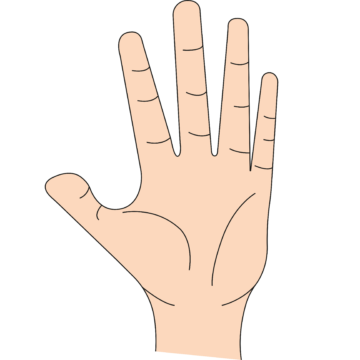
Learn parts of your weaker hand first
You need more time to get comfortable playing parts with your weaker hand, so start learning the left hand part first. Try and play the left hand once you switch to learning the right-hand–melody–sections. Play without looking at your hands as you practice the piece over the coming days and weeks. Overall, you’ll spend more time exercising the left.
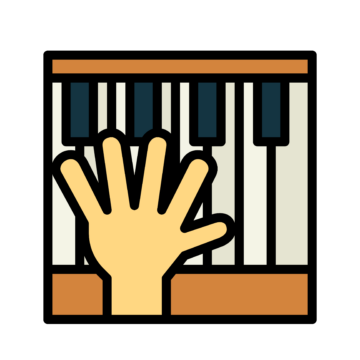
Octave scales with one hand
Practice coordination and improve your confidence by playing octave scales with your left hand:
- Play C two octaves below middle C with your left small finger
- Move your hand slightly to play C one octave higher with your thumb
- Then play D just right of the C you played first
- Adjust your hand again to play the higher D
- Continue doing this with E, F, G, A, and B until you’ve done an entire octave scale
- Then do the exercise in reverse by moving down the scale again
- Repeat the exercise, increasing speed as long as you can maintain accuracy
Visualize where your hand must move to play the correct note and guard against tensing your wrist.
This exercise helps with:
- Coordination, because you’re brain practices having control of your hand
- Improving accuracy
- Strengthening your hand
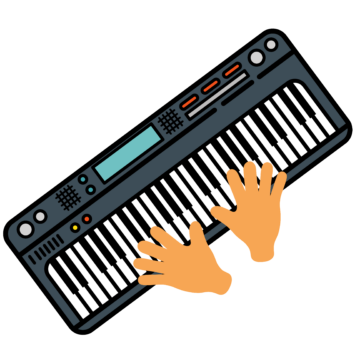
Octave scales with both hands
Add to the exercise above by playing the same but higher note with your right hand. Hold down the key while playing short–staccato–lower notes with the left.
You’re learning coordination while also practicing rhythm since the two hands are playing at different speeds:
- The right-hand plays legato
- The left-hand plays short staccato notes
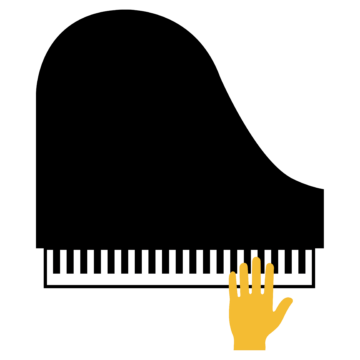
Switch up the roles
Give it a similar workout as the right by playing parts of the melody with your left hand. It’s tricky doing this with an entire song, but do it with the more straightforward sections of a song and see how well you do. It helps to improve control.
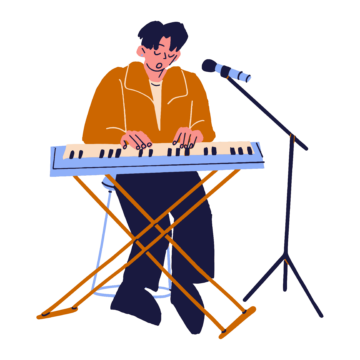
Sing it!
Following the proper rhythm is easier with the right hand because the melody is the familiar, catchy part of the song. To help your brain become familiar with the left hand flow, sing or hum the notes while playing.
Between practice sessions, hum this instead of the usual melody to help familiarize your brain with the left-hand part. This exercise helps especially with rhythm and the connection between the brain and what your fingers are doing.
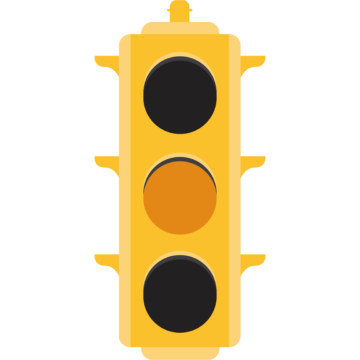
Take it slow
Don’t be too hasty when learning a new piece. Play the left hand part only as fast as possible without making any mistakes. This prevents learning bad habits, leading to more frustration because you’ll spend time unlearning them later.

Play without looking
Play without looking at your hands as you get more comfortable with these exercises and a new piece. Your fingers and brain will know where the right keys are, improving your accuracy.
Using an app like Simply Piano is a helpful asset for many Left Hand Piano Exercises. The app contains different exercises to practice with and gives you feedback after playing, so you know what to improve on.

Lifting your fingers
Place your left hand’s fingertips on any surface as if you’re playing the piano. This can be your leg, the kitchen counter, a desk at work–anything. So yes, you can do piano exercises anywhere!
Raise each finger individually, then replace it and press it down onto the surface you’re working on. Do the same with all fingers starting from the thumb up to your little finger and then back a few times.
Naturally, your ring finger feels very lazy doing this. The lack of independent mobility is because of the hand’s arrangement of muscles and tendons.
This exercise helps in the following ways:
- You build strength by pressing down with some force
- Your brain becomes more aware of the left hand, improving the connection between the two, so your coordination becomes better
- Repeatedly doing the exercise builds dexterity
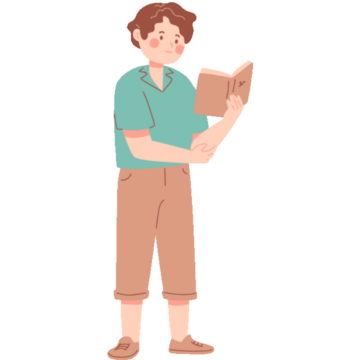
Give your left hand more work
If your right hand is your dominant hand, you use it more daily, making it stronger and reinforcing the connection between your brain and your fingers. This benefits your right-hand piano playing.
To improve your left-hand playing, be intentional in doing the following with your left hand from now on:
- Opening doors
- Holding your toothbrush
- Scrolling on your mobile device
- Brushing your hair
- Reading a book
Because you give your left hand more attention, you’ll find it easier to control. You’ll have more confidence using it and playing piano with it. Do this daily, and you’ll improve agility and strength.
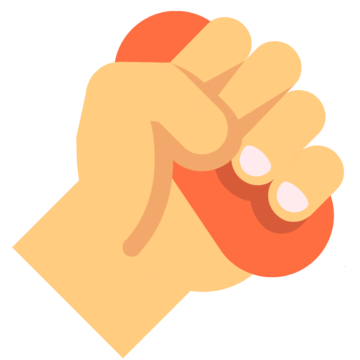
Hand strengthening exercises
Physical strength is as important as agility, especially when playing longer pieces. Build up the strength of your hand muscles by squeezing a tennis ball or small rubber ball in the palm of your hand. Hold it for a few seconds before relaxing your hand again.
Putty is also helpful and versatile. Squeeze it with your entire hand or pinch it between your thumb and forefinger to exercise the thumb specifically.
‘Practice makes perfect’ may sound cliche, but it’s true. The key to playing the advanced piano pieces you dream of is being comfortable playing–with both your hands.
Simply Piano is an app that has more exercises to help you climb the ladder of piano skills (using both hands).









